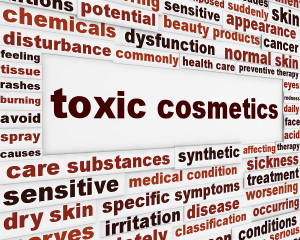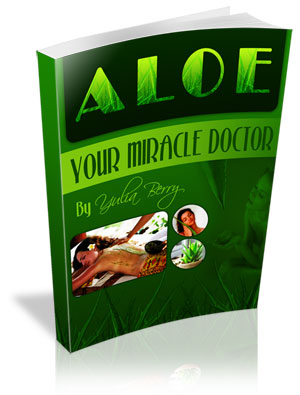Did you know up to ten thousand ingredients are allowed in personal care products? In a new British study, it was found that the average woman puts at least 515 chemicals on her body every day. The scary part of this study was that more than 33% of the women participants had no idea of the key ingredients in their toiletries, with only 9 percent away aware of more of the ingredients in their cosmetics put on everyday.
Many of us girls can’t go a day without makeup and are always putting some form of cream on ourselves – whether it be hand cream in the winter, to skin-darkening sun cream in the summer. What most people don’t realize is that these moisturizer can contain over 30 different chemicals and perfume up to 400! With so many products on the market today and them all claiming similar things, it can be hard to really distinguish which ones are really better for our health.

We all need to be a bit more educated in terms of the products we choose to bring into our home and put on our ourselves. This is partially because of how often they are used – over time the exposure and toxicity levels increase in our bloodstreams.
Here are a few shocking facts about cosmetics:
– One out of 10 ingredients used in cosmetic and personal care products shows evidence of reproductive toxicity in laboratory studies.
– Lipstick can contain petroleum distillates which can cause damage to your nervous system, skin, kidneys and eyes. They also can contain aluminum, a known toxin
-Talcum powder was linked in a 1982 article in the journal of Cancer to a 328% increased risk of ovarian cancer for women who apply it to sanitary napkins and genitals.
– Preservatives in cosmetics extend shelf life by preventing bacterial contamination. Formaldehyde, methyl and propyl paraben are used in a wide range of traditional cosmetics. TO learn more about parabens, refer to an earlier article -click here. Avoid all products containing these preservatives and opt for those that use natural alternatives such as antioxidants like vitamin E.
To learn more facts about the products you use everyday check out our facts section.
Eco-savy also recommends trying aloe on your skin. Not only will it help moisturize your skin, but give it vibrancy. Aloe has even been scientifcally proven to help fight a number of skin disorders. So stop throwing your money out on all these harmful chemical-loaded skin products with a bazillion side effects and why not try a natural alternative? If you are interested, check out the ebook below! It offers 130+ home remedies for 80+ disorders and provides 25+ easy to make homemade beauty remedies, including a recipe for an anti wrinkle facial moisturizer.
Buy now –Click Here!


References
– Baillie-Hamilton, P. Toxic Overload. Penguin Group (USA) Incorporated. (2005)
– Sattler, B., Archer, L., Houlihan, J. (2006) Mirror, mirror on the wall, what’s in my personal care products: A short article baout 300,000,000, guinea pigs
– Skin Deep Report (2006). Online: www.ewg.org/skindeep. Accessed: March, 2013
 The folks at Environmental Defense in Toronto found some pretty disturbing stuff lurking in common cosmetics. Below is a list of the cosmetic products that were found to contain the most heavy metals of all the products testing in each category.
The folks at Environmental Defense in Toronto found some pretty disturbing stuff lurking in common cosmetics. Below is a list of the cosmetic products that were found to contain the most heavy metals of all the products testing in each category.





